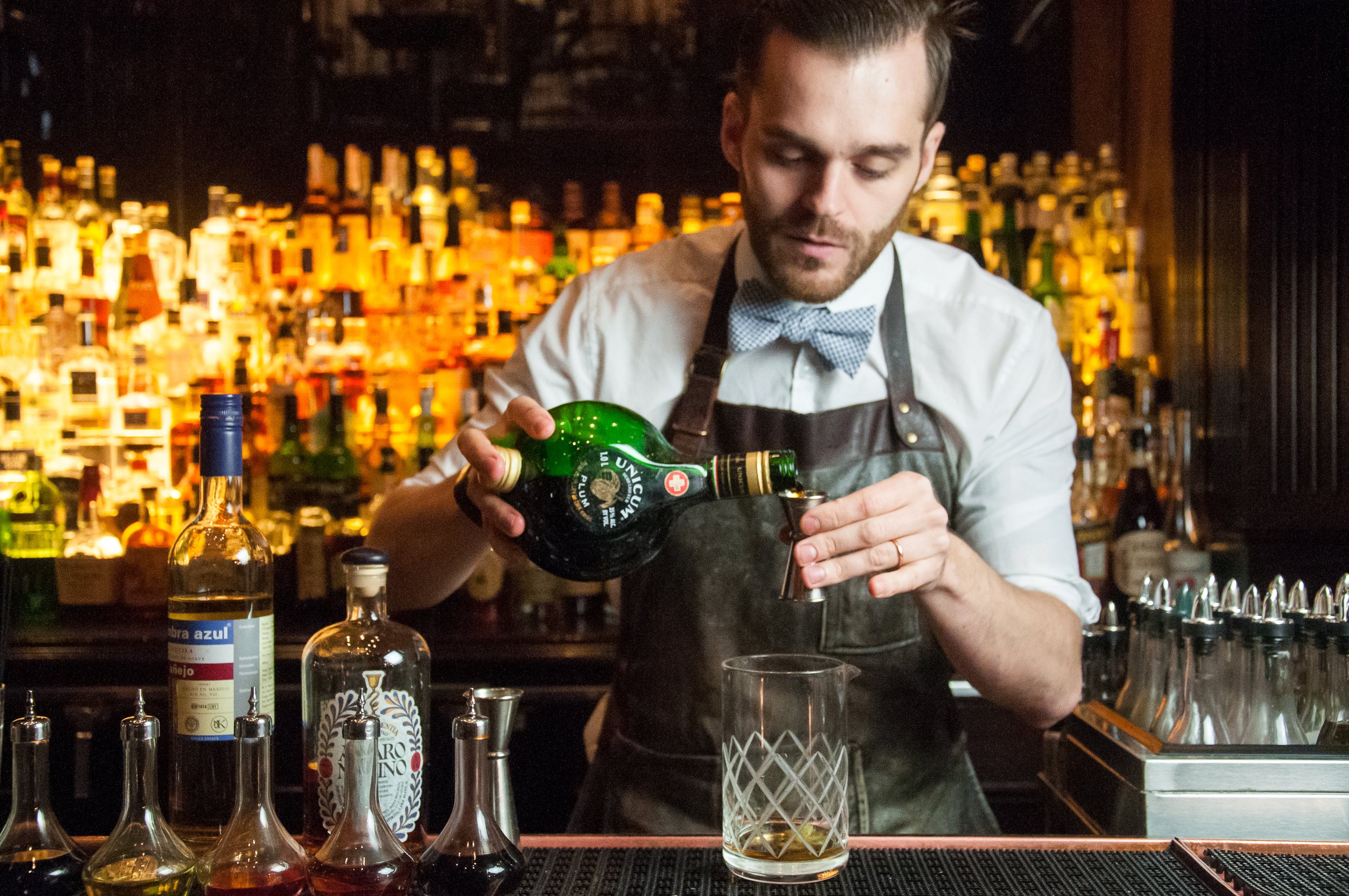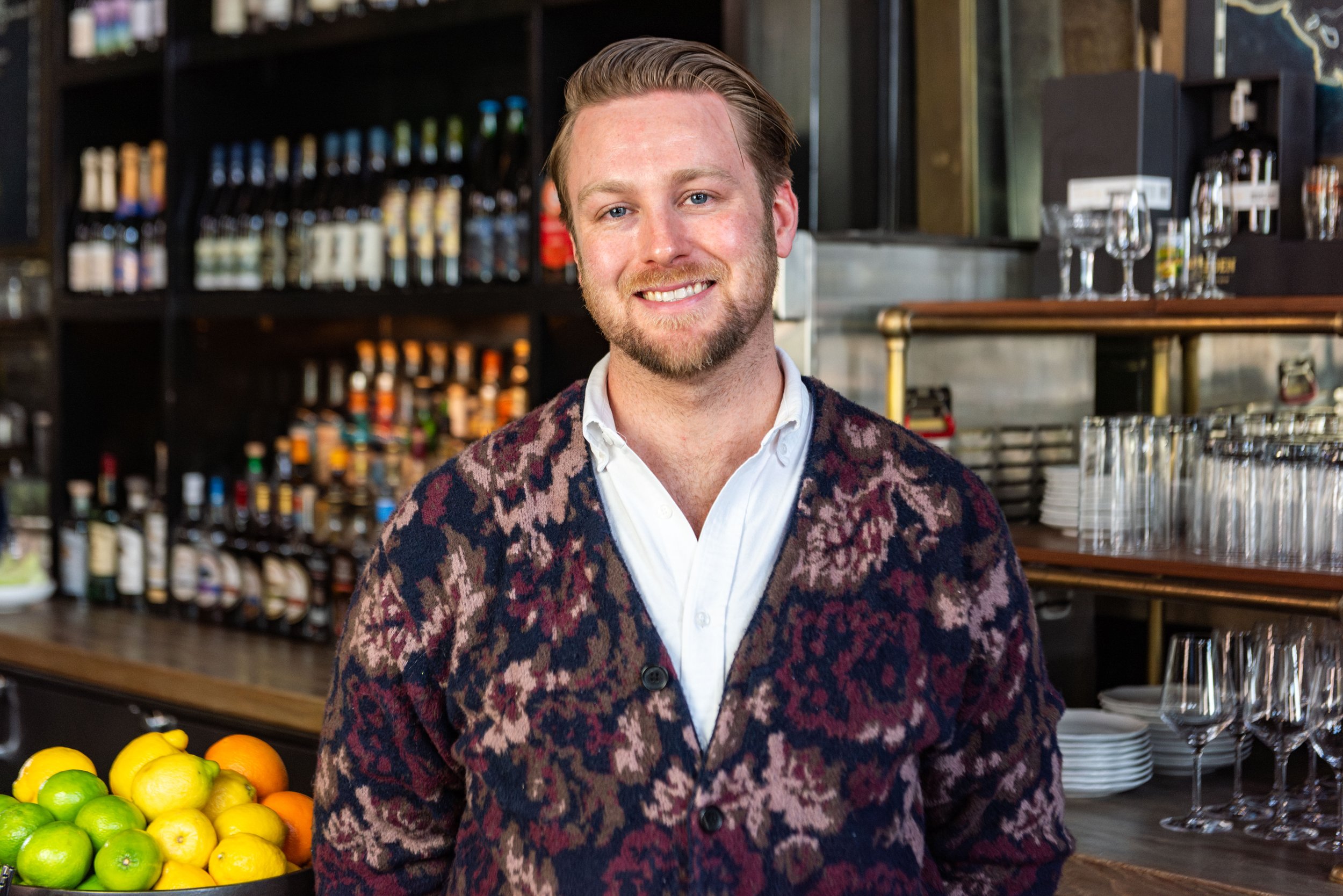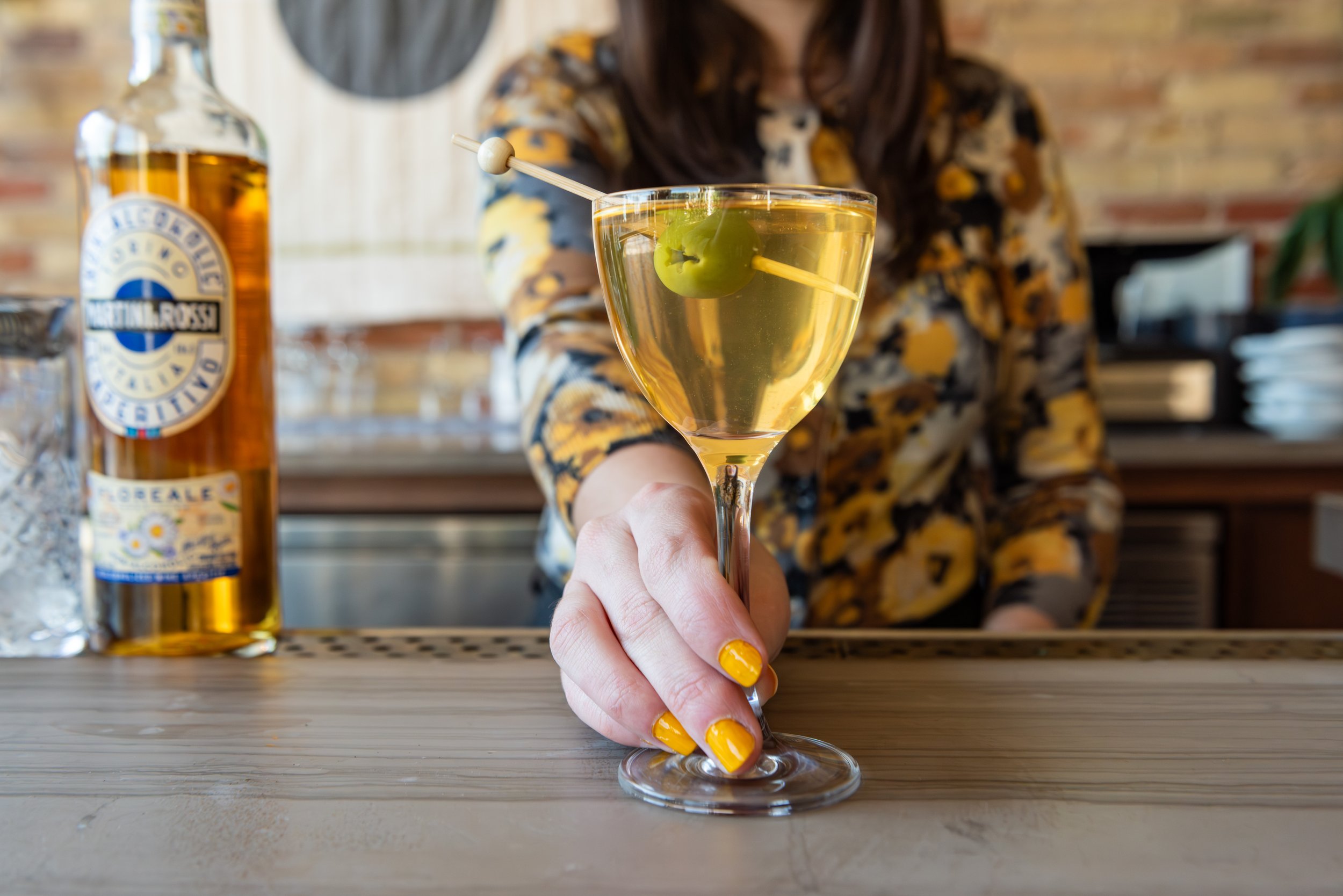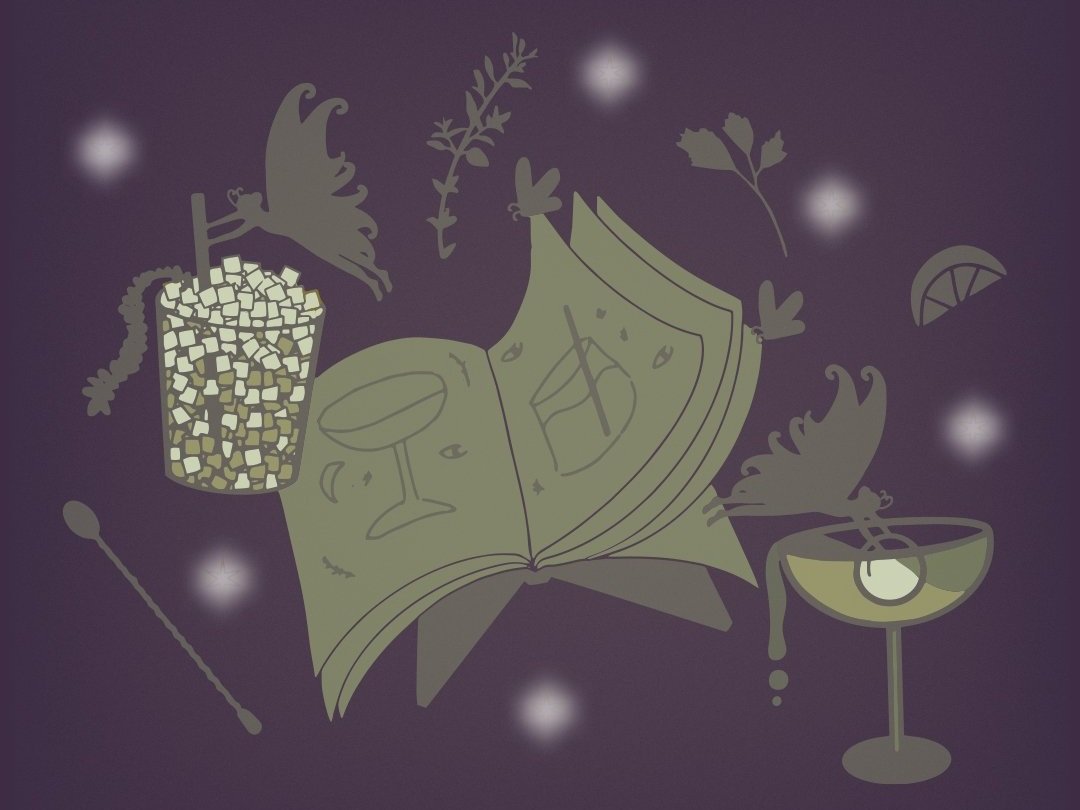Cause and Effect Behind the Bar
Call it the White Lyan effect. When London bar White Lyan opened in 2013, a sustainability beast was unleashed behind bars everywhere, including New York.
Call it the White Lyan effect. When Bartender Ryan Chetiyawardana opened his London bar White Lyan in 2013, he unleashed the sustainability beast behind bars everywhere. It was the first bar of its caliber to use no perishables whatsoever (no fruit, no ice) pioneering the modern zero-water ethos behind the stick.
In New York, that influence can be seen in some of the city’s most respected watering holes, such as The Nomad, Saxon + Parole, and mezcal bar Ghost Donkey. In the case of all three, the key to a sustainable bar—and a seamless hospitality experience—is collaboration with the kitchen. Gone are the days of bar as an isolated entity. These bartenders are sharing costs and products (and byproducts) with their back-of-house counterparts. Here, we’ll take a look at how the White Lyan philosophy has trickled down to and influenced their menus. Pull up a stool.
“I kept walking past the chefs as they were making brine for the chicken,” says Bartender Nathan O’Neill of The NoMad. “They were using buttermilk, and the byproduct is whey.” O’Neill won the Glenfiddich World's Most Experimental Bartender competition in 2016, collaborating with Nomad Chef John Taube. It was then he started playing with whey powder, so when he eyed the buttermilk whey, he knew he wanted to use the kitchen leftover in a cocktail. “It was perfect. I wanted to create something culinary inspired. Whey changes the dimensions of a drink, alters the acidity, and creates texture.” O’Neill now splits the cost of the buttermilk with the kitchen. He gets the whey, which he strains, turns into a syrup, and incorporates into his multidimensional Whey To Go.
“Weekend brunch is HUGE,” says Rising Star Bartender Masa Urushido of Saxon + Parole. “We make cold-pressed juices and keep the peelings, and in the winter the chef uses a lot of beautiful root vegetables, and we keep those peelings too. But it’s more about the attitude than the quantity we’re saving—maximizing flavor and minimizing waste by using everything we have in-house, instead of throwing it in the trash.” Inspired by White Lyan, Urushido combines Aperol and beet scraps in a vacuum bag and infuses the aperitif sous-vide-style. Carrot and orange scraps get cooked down separately with water, sugar, salt, and citric acid, and ultimately carbonated to make sodas. He uses it all in his earthy, effervescent Red Spritz.
“Salts are really important in cocktails, now more than ever,” says Mexican-born Bartender Nacho Jimenez of Ghost Donkey. “A little bit of salt balances the sweetness and sharpness of a cocktail, and tequila and mezcal lend themselves to salt. Go to any small village in Mexico, they’re using whatever they have to make salts.” Motivated by White Lyan and his own roots, Jimenez developed a salt program for his mezcal bar that often requires elements that would otherwise be headed for the bin. He uses the left over huitlacoche from infusing mezcal for his mushroom margarita for one salt—draining and dehydrating the fungus. For another he uses omnipresent and frequently binned citrus rinds, muddling them with Maldon to taste, until the salt is superfine. For a mezcal flight including Fidencio Clacsico and Fidencio Tierra Blanca, Jimenez serves ají salt using the kitchen’s chile scraps, leftovers from making the house nacho sauce. “For mezcal beginners I like to serve two Fidencios side by side, to show how terroir impacts mezcal. It’s the same distiller, using the same method; the only difference is the soils where the agave is grown,” says Jimenez, who also adds salted plums to the Fidencio flight.







